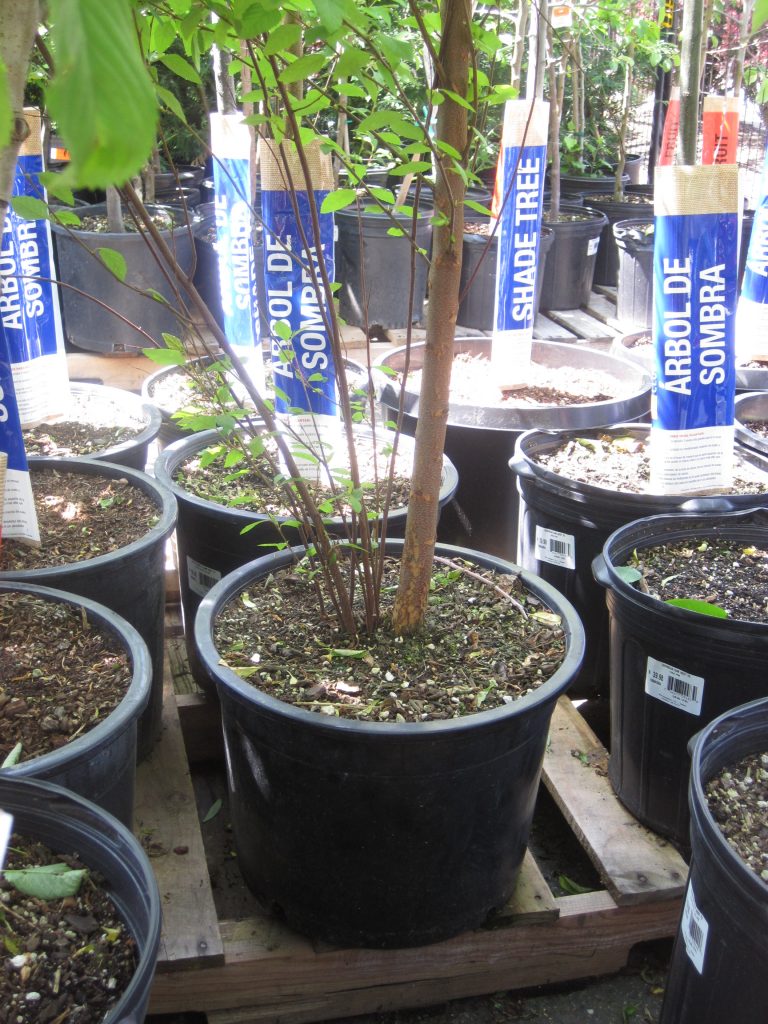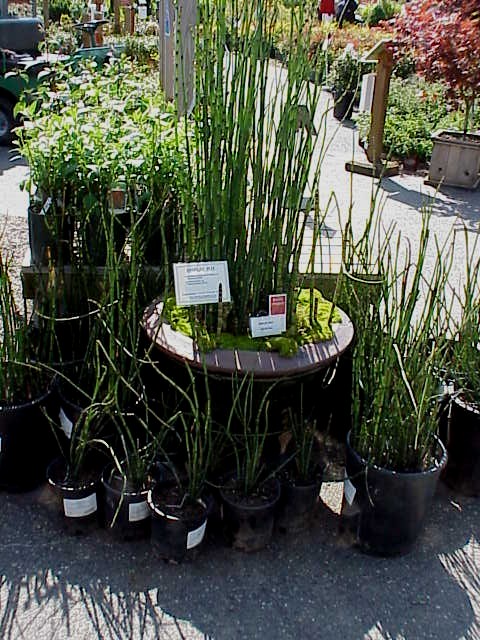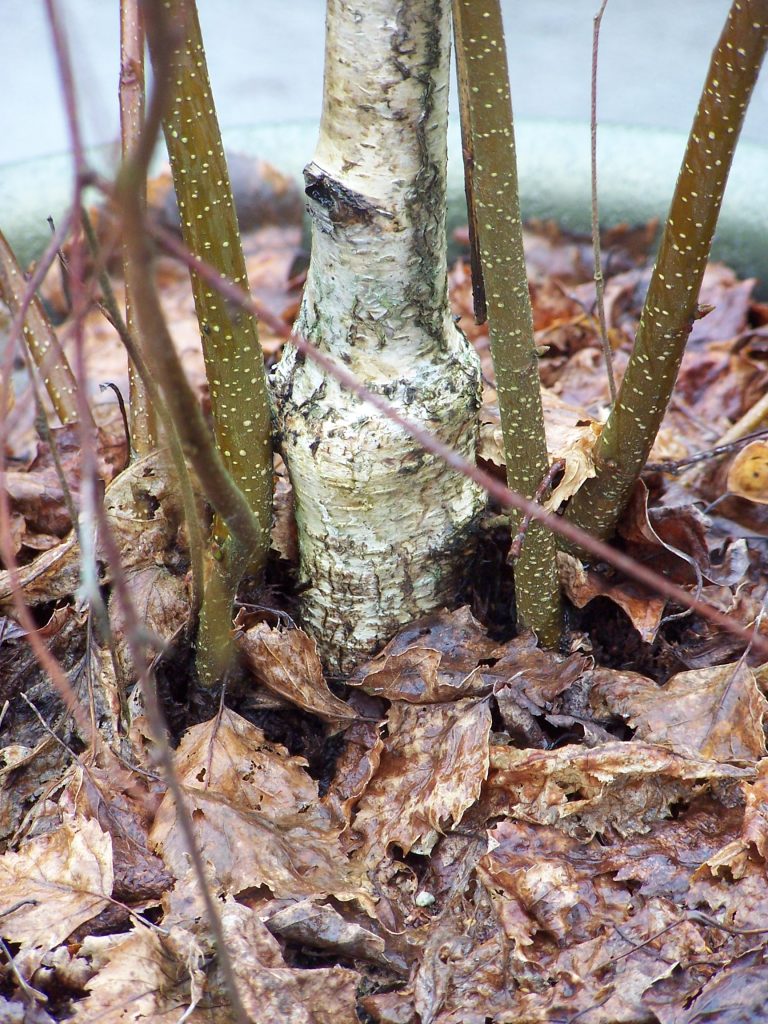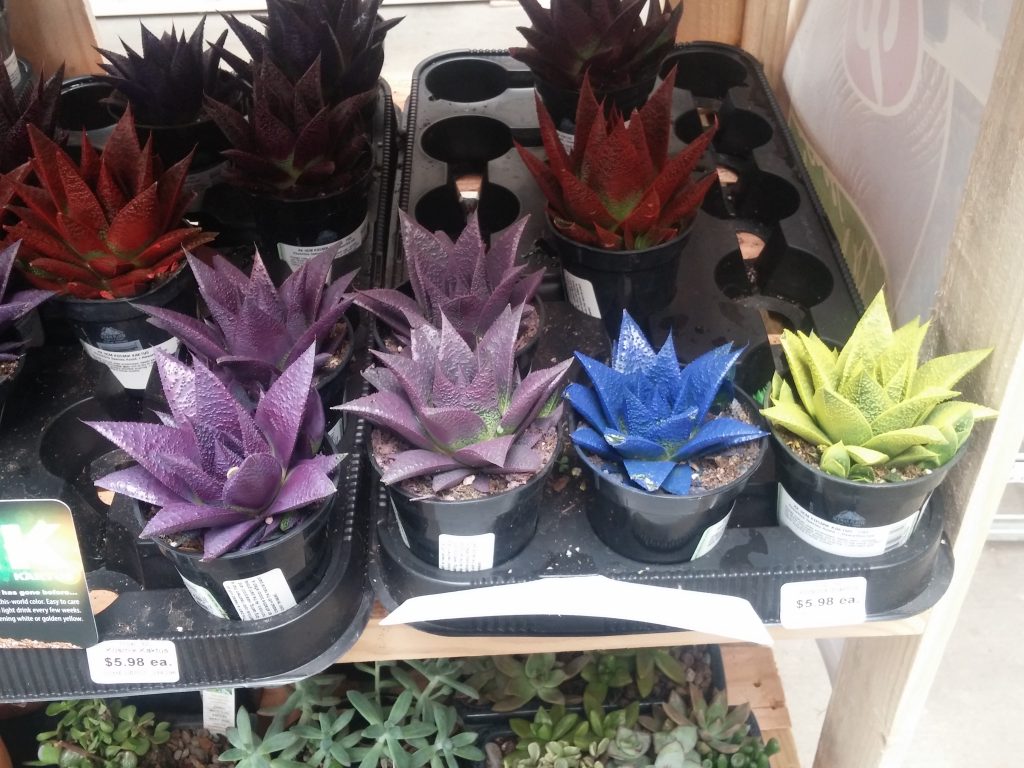
“In the Spring a gardener’s fancy lightly turns to thoughts of…plant shopping!”
If Alfred, Lord Tennyson had been an avid gardener, I am sure he would have included the above line in his poem “Locksley Hall.” I certainly look forward to visiting nurseries and plant centers in the spring to see what new goodies await. But my enthusiasm is tempered with caution – because bad things can lurk in otherwise perfect plants. I posted a four-part series way back in 2009 (the first year of our blog) on inspecting nursery plants.
I strongly recommend you review these posts before you buy – they are 13 years old but the information is still 100% valid.
Part 1: inspecting the root flare and trunk.
Part 2: inspecting the roots.
Part 3: avoiding suckers.
Part 4: avoiding poorly pruned young trees.
Today’s post will add some new nursery nightmares to avoid at all costs.
Free complementary gift!

Be sure to carefully check any extra bonus plants… 
…because they are the gift that keeps on giving.
Make sure you’re buying a cultivar and not a nutrient deficiency

There are lots of interesting cultivars out there with unusual foliage. This dogwood is not one of them. Interveinal chlororis is a symptom of foliar nutrient deficiency – either iron or manganese – most likely caused by excessive phosphate fertilizer.
Fusion

Fusion can be innovative in music and cuisine. Not so much in plants.
You can’t say they didn’t warn you
Back to nature
The scion of grafted plants is rarely as vigorous as the rootstock. Usually you have to wait a few years for the rootstock to take over, but there’s no waiting with these weeping silver birch specimens! But given how hideously trained these trees are, maybe it’s better that they will be slowly subsumed.
Just don’t do it. Please.











